Pondless Waterfall Question
Ashlie Neevel
10 years ago
Featured Answer
Sort by:Oldest
Comments (7)
waterbug_guy
10 years agolast modified: 9 years agoRelated Professionals
Arlington Landscape Architects & Landscape Designers · Saint Louis Park Landscape Architects & Landscape Designers · Wheeling Landscape Architects & Landscape Designers · Norwood Landscape Contractors · Surprise Landscape Contractors · Bergenfield Landscape Contractors · Dallas Landscape Contractors · Danvers Landscape Contractors · East Patchogue Landscape Contractors · Mastic Beach Landscape Contractors · Mastic Beach Landscape Contractors · Metairie Landscape Contractors · Parker Landscape Contractors · Woodburn Landscape Contractors · Hueytown Landscape Contractorswaterbug_guy
10 years agolast modified: 9 years agoAshlie Neevel
10 years agolast modified: 9 years agowaterbug_guy
10 years agolast modified: 9 years agoAshlie Neevel
10 years agolast modified: 9 years agowaterbug_guy
10 years agolast modified: 9 years ago
Related Stories

KITCHEN DESIGN9 Questions to Ask When Planning a Kitchen Pantry
Avoid blunders and get the storage space and layout you need by asking these questions before you begin
Full Story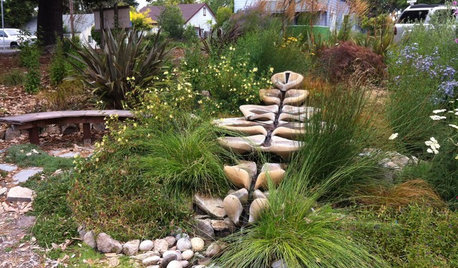
LANDSCAPE DESIGNNew Ways to Design With Water
Go beyond 3-tiered fountains and faux waterfalls to discover water's architectural possibilities
Full Story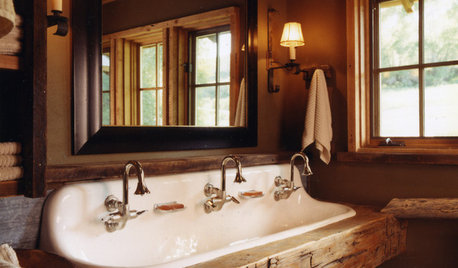
BATHROOM DESIGN8 Fabulous Faucets for All Kinds of Bathrooms
Find a new idea for your bathroom sink in 8 very different faucet designs, from waterfall to high-tech digital
Full Story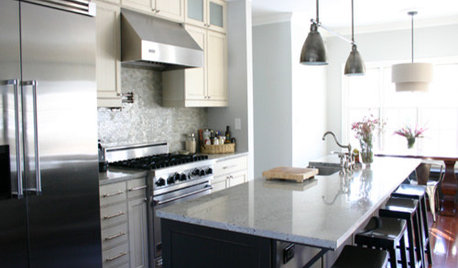
KITCHEN DESIGNKitchen Details: The Right Edge for Your Countertop
Square, Mitered, Waterfall or Bullnose? See What Counter-Edge Style Looks Best to You
Full Story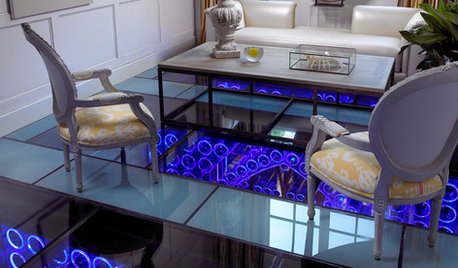
ARCHITECTUREDesign Leaps of Faith
A glass floor, a waterfall table, a literally ship-shaped kitchen ... these rooms, furniture and art might just leave you speechless
Full Story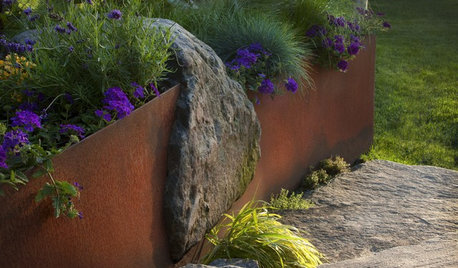
REMODELING GUIDESStone Works Wonders
Flowing like a waterfall or staunchly guarding a field, natural stone begs inspiring use in homes and landscapes
Full Story
COFFEE WITH AN ARCHITECTA Few Things I Would Like to Ask Frank Lloyd Wright
It could take a lifetime to understand Frank Lloyd Wright's work — less if we had answers to a few simple questions
Full Story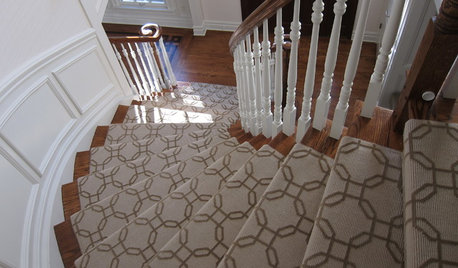
STAIRWAYSGeometric Runners Shape Stairway Style
Can a geometric-patterned runner hide stains, protect stairs and create interest in interior designs? You do the math
Full Story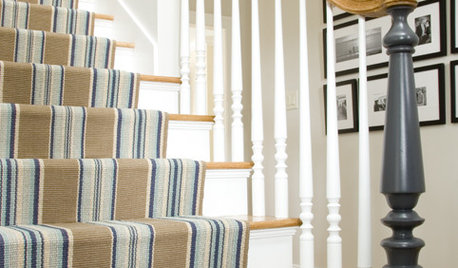
DECORATING GUIDESSet Staircases Racing With a Striped Stair Runner
Energize your stairway with a carpet runner decked in stripes to go the distance
Full Story





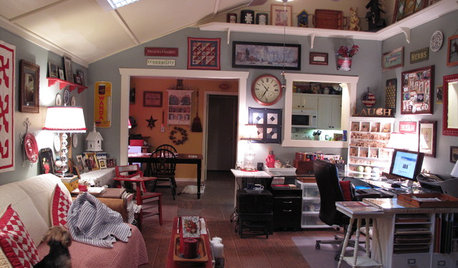

Ashlie NeevelOriginal Author